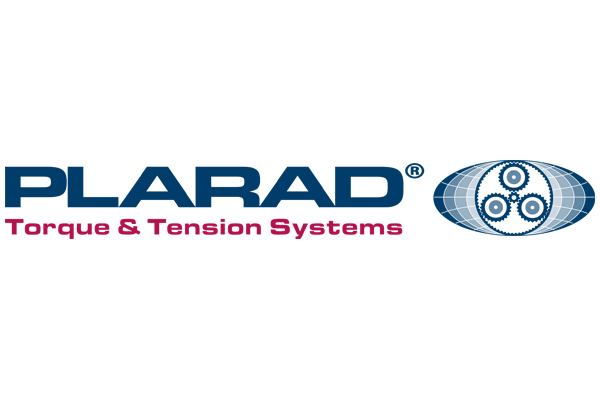Plarad has been developing and manufacturing bolting tools that operate on precise torque settings (up to 150 000 Nm) for more than 50 years.
Their tools are available for widths across flats of up to 320mm or larger and offer the user exceptional ease of use.
Plarad’s versatile range covers 500 different applications for a wide variety of industries. Their developments are not restricted to bolting devices but include complete solutions suitable for any kind of bolting application.
Torque-controlled tightening
- In the majority of cases where bolts are used, torque-controlled tightening is the method used to tighten.
- With this method the friction on the thread and head of the bolt act as a precise pre-tensioning force, therefore the use of accurate tools is imperative.
- Effectively the bolt can be tightened quicker.
- This method is more practical and easy.
- Light, compact tools can be used where space is limited.
Hydraulic Tensioning
- As the nut is not rotated under load, there is no torsional load on the bolt.
- After achieving the desired applied load, the nut can be tightened without causing stresses on it. The correct applied bolt load is therefore achieved.
- Even different co-efficients (levels) of friction have no effect on the tensioning process.
Torque/torque-angle-controlled tightening
- Torque/torque-angle-controlled tightening is more precise than purely torque-controlled tightening.
- The defined amount of rotation of the bolt (torque angle) provides automatically and accurately the required pretension.
- Control is achieved directly from the power pack, by means of microprocessor technology within the pump.
- Higher quality bolting joints are achieved.
- Results can be stored and used at a later date for documentation required in quality assurance processes.
- The whole control process is achieved without the need of external sensors, hence no need for extra cables from the tool.


